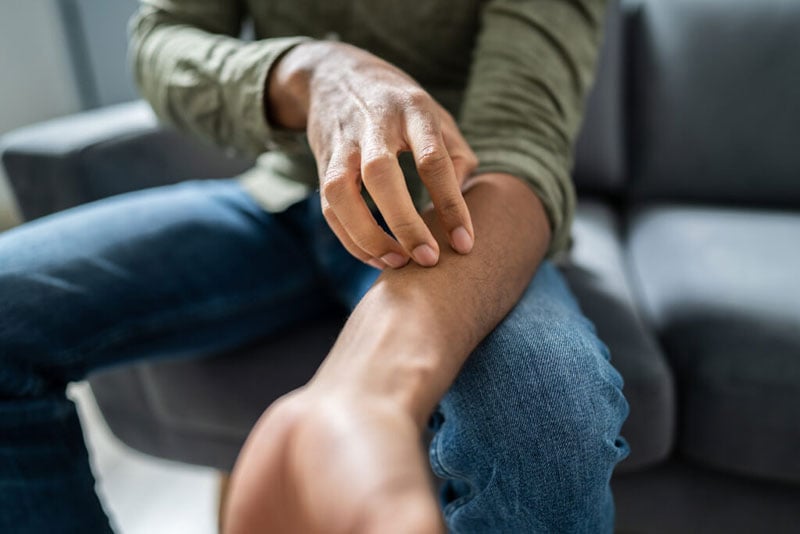KP Management for Different Ages: A Beautician's Guide
As a beautician, understanding how to manage and treat Keratosis Pilaris (KP) across different age groups is crucial for providing tailored skincare advice to your clients. KP, commonly known as 'chicken skin', affects a significant portion of the population, causing rough patches and small, acne-like bumps on the skin. While it is a harmless condition, its appearance can be a source of distress for many.
In this comprehensive guide, we will explore KP management for different ages, examining the unique needs of children, teenagers, adults, and older individuals. By understanding these differences, you can offer more personalized and effective solutions to your clients.

Understanding KP Across Different Age Groups
KP in Children
KP often first appears in childhood, usually on the arms, cheeks, and thighs. The skin of children is generally more sensitive, so it's vital to approach treatment with care. Gentle exfoliation and moisturization are key. Products specifically formulated for sensitive skin, such as those containing glycolic acid, can help without irritating the skin.
It's also important to educate parents about the condition, reassuring them that KP is common and typically improves with age. Encouraging the use of humidifiers can also help keep the skin hydrated, particularly in dry climates.
Teenagers and KP
During the teenage years, hormonal changes can exacerbate KP. Teens may also be more self-conscious about their appearance, making effective management crucial. Encourage regular exfoliation using products with lactic acid or urea, which help to break down the keratin buildup causing the bumps.
Teens should also be advised to maintain a consistent skincare routine, including moisturizing twice daily. Introducing them to non-comedogenic products can help prevent acne, another common issue during this stage of life. For more detailed guidance, you can refer them to articles like this comparison of acne types.
Adults: Managing KP
In adulthood, KP can vary greatly in intensity. For some, the condition may improve, while others might see it persist or worsen. Adult skin can typically tolerate more aggressive treatments, so consider recommending stronger exfoliants like salicylic acid.
Advise clients to use a combination of exfoliation and deep moisturization. Creams containing alpha hydroxy acids can be particularly effective in smoothing out the skin. Additionally, lifestyle changes such as a balanced diet and regular exercise can improve overall skin health. For more tips, check out our article on avoiding acne from gym equipment.
KP in Older Adults
For older adults, skin becomes thinner and more prone to dryness, which can make KP more pronounced. Treatment should focus on hydration and gentle exfoliation. Emollient-rich creams and oils can help maintain skin moisture and barrier function.
Encouraging older clients to stay hydrated and maintain a healthy diet rich in omega-3 fatty acids can also support skin health. Additionally, regular check-ups with a dermatologist can help manage the condition effectively.
Professional Treatments and Recommendations
For clients seeking professional treatments, options such as laser therapy or chemical peels might be appropriate. These treatments can provide more immediate results, though they should be considered carefully, particularly for sensitive skin types.
It's important to stay informed about the latest advancements in skincare and KP treatments. Resources like Mayo Clinic offer valuable insights into treatment options and ongoing research.

FAQs on KP Management
What is the best way to exfoliate KP-prone skin?
Using gentle exfoliants like lactic acid or urea-based creams can effectively reduce KP without irritating the skin.
Can diet affect Keratosis Pilaris?
Yes, a balanced diet rich in vitamins and omega-3 fatty acids can support skin health and potentially improve KP symptoms.
Are there any lifestyle changes that can help manage KP?
Regular exercise, maintaining skin hydration, and using humidifiers in dry environments can all contribute to better management of KP.
By understanding the nuances of KP management for different ages, beauticians can provide tailored advice and treatments that address the unique needs of each client. This personalized approach not only helps in managing the condition more effectively but also builds trust and rapport with clients, enhancing their overall experience and satisfaction.

